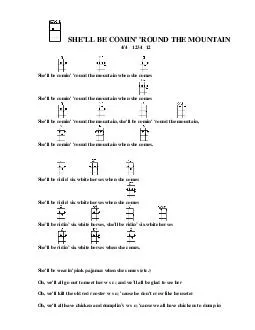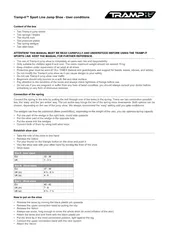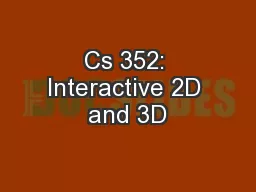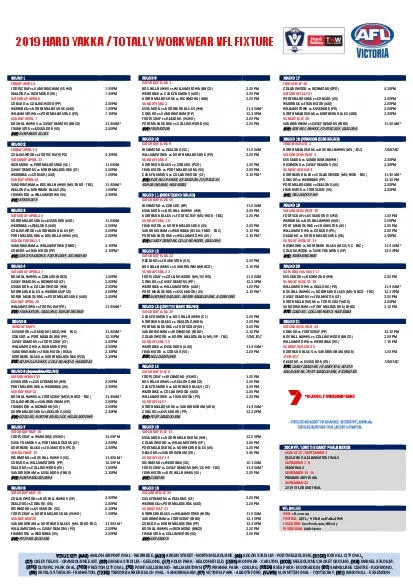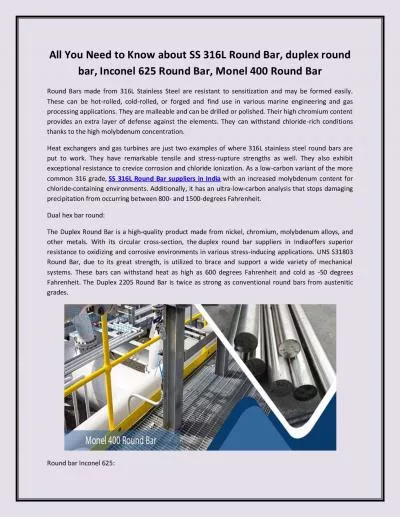PPT-Two-Round and Non-interactive
Author : faustina-dinatale | Published Date : 2018-11-04
Concurrent Nonmalleable Commitments from Timelock Puzzles Huijia Rachel Lin Rafael Pass Pratik Soni UCSB UCSB Cornell Tech FOCS 2017 Commitment Scheme The digital
Presentation Embed Code
Download Presentation
Download Presentation The PPT/PDF document "Two-Round and Non-interactive" is the property of its rightful owner. Permission is granted to download and print the materials on this website for personal, non-commercial use only, and to display it on your personal computer provided you do not modify the materials and that you retain all copyright notices contained in the materials. By downloading content from our website, you accept the terms of this agreement.
Two-Round and Non-interactive: Transcript
Download Rules Of Document
"Two-Round and Non-interactive"The content belongs to its owner. You may download and print it for personal use, without modification, and keep all copyright notices. By downloading, you agree to these terms.
Related Documents



